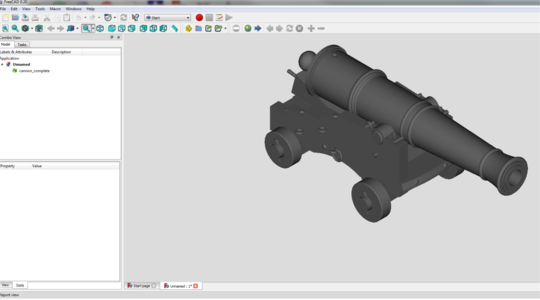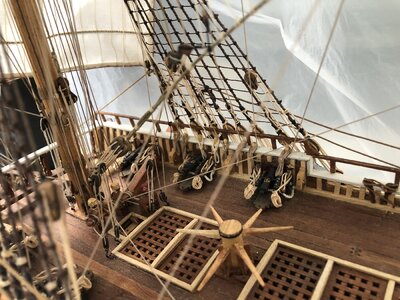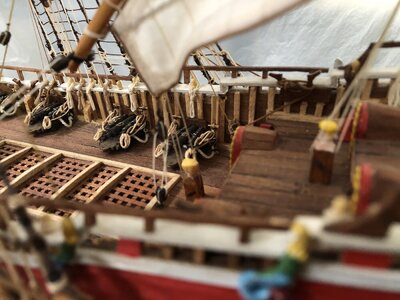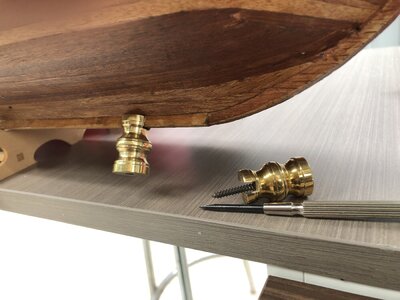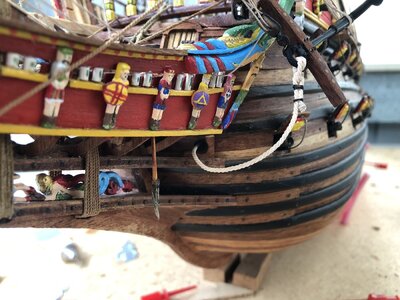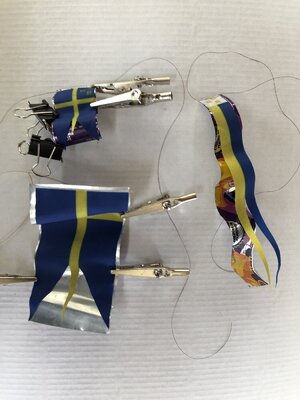Stuart Little, the Vasa manual and instructions can be accessed from the Billings website or with the link,
https://www.billingboats.com/compon...582675740_1508915288-bb490-wasa-main-plan.pdf
Billings Boats have evidently upgraded their site content.
I guess all kit makers are well aware of the costs of quality inclusions for such things as blocks and anchors. Extruded plastic would always be cheaper than timber, but mass production I guess would obviously be cheaper but lacking in the detail many of us crave.
Interestingly I am currently looking at 3D printing some items such as cannons and blocks etc. You can hide a lot of plastic with a good paint job but if the detail can be created, it’s not a bad solution.
Regards
PeterG
https://www.billingboats.com/compon...582675740_1508915288-bb490-wasa-main-plan.pdf
Billings Boats have evidently upgraded their site content.
I guess all kit makers are well aware of the costs of quality inclusions for such things as blocks and anchors. Extruded plastic would always be cheaper than timber, but mass production I guess would obviously be cheaper but lacking in the detail many of us crave.
Interestingly I am currently looking at 3D printing some items such as cannons and blocks etc. You can hide a lot of plastic with a good paint job but if the detail can be created, it’s not a bad solution.
Regards
PeterG





